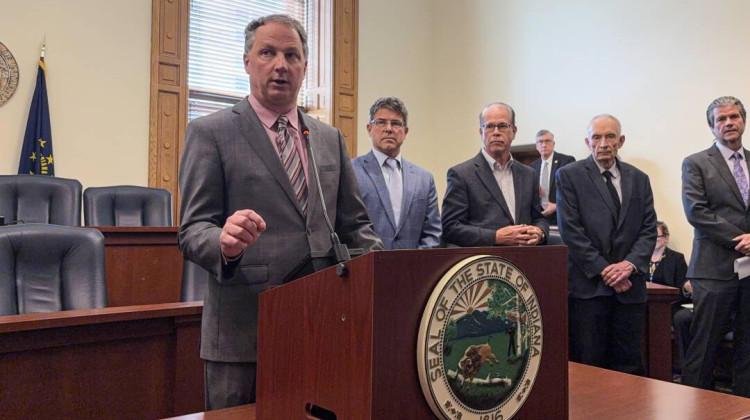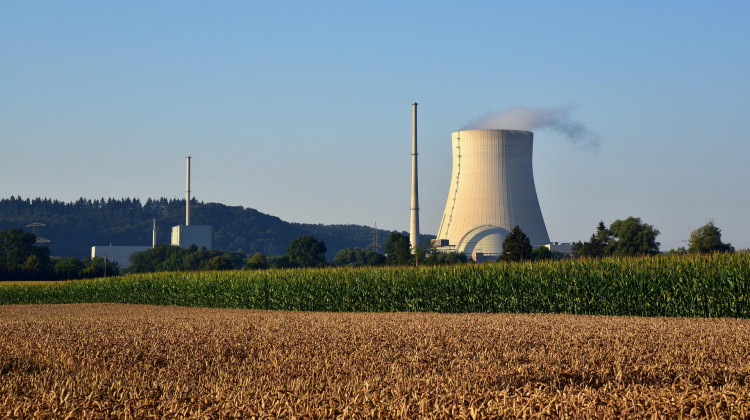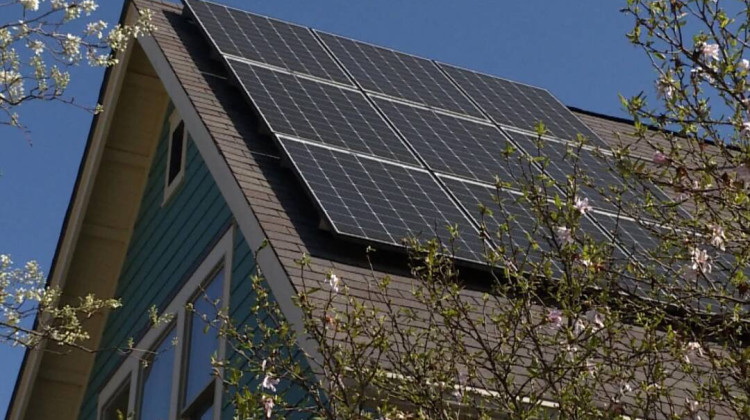
This map shows roughly how much maximum wind speeds are expected to increase from tropical storms and hurricanes in the next 50 years.
Provided by First Street FoundationHurricanes and tropical storms may only happen on the coast, but they can still send high winds and heavy rains into Indiana. A new study shows as those storms get more intense due to climate change, maximum wind speeds are expected to pick up.
Ed Kearns is the chief data officer for First Street Foundation — the nonprofit risk mitigation research group that conducted the study. He said when a hurricane lands, it gets cut off from the warm ocean water that fuels it and it starts to spin down.
“And in the past, it's been way down before the storms would hit Indiana and you get mainly rain events from these things. But what we're showing with our model is that is a higher probability that those winds will persist further inland," Kearns said.
Several cities in the northern fourth of the state — like Fort Wayne, South Bend and Gary — could see maximum wind speeds of up to 40 to 70 miles per hour as a result of these storms where they hadn’t before. NOAA classifies winds above 50 mph as “damaging.”
The rest of the state that already sees these higher winds could see them increase by four to 11 mph. Kearns said those extra wind speeds can make a difference when it comes to damaging your home.
“So depending upon how your roof was built, how your windows were built, if you've got shutter — these are things that you may want to start to prepare for. Because an extra 10 miles an hour is an extra 10 miles an hour," he said.
Join the conversation and sign up for the Indiana Two-Way. Text "Indiana" to 73224. Your comments and questions in response to our weekly text help us find the answers you need on statewide issues, including this series on climate change and solutions.
Kearns also suggests making sure your insurance covers wind damage. You can look up your home’s risk from winds from tropical storms at riskfactor.com.
Rebecca is our energy and environment reporter. Contact her at rthiele@iu.edu or follow her on Twitter at @beckythiele.
9(MDAyMzk1MzA4MDE2MjY3OTY1MjM5ZDJjYQ000))
 DONATE
DONATE






 Support WFYI. We can't do it without you.
Support WFYI. We can't do it without you.